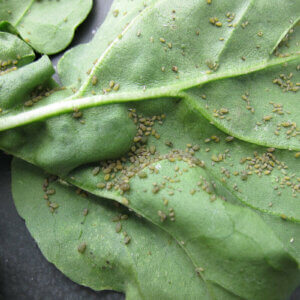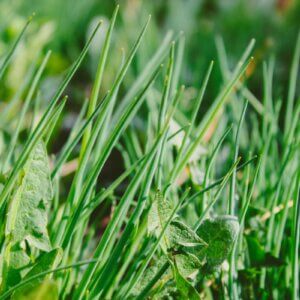Ever tried to slice a tomato with a dull knife? In a pinch, I’ve tried. The jagged pink slabs I made might as well have been cut with a hammer and chisel.
Broadly speaking, the same logic applies to garden tools, especially those designed to cut, slice, chop, or dig.
The reason to keep a tool sharp is the same as the reason to keep a tool clean. It will do its work efficiently and last for years.
It’s cheaper, less wasteful, and friendlier to the environment than buying a new tool every time your old one wears a bit. If the tool is sharp it’s great. If it’s dull, it’s worthless.
Related Post: Best Tool Box
With the right approach, you can avoid this problem. This post will show you how to stay on the edge of garden tool sharpening.
Here’s a quick list of sharpening tools and devices that I used or would use on my garden tool blades:
- Double-sided sharpening stone or grit
- Mill file
- Diamond or carbide sharpening grits
- Honing or mineral oil
- Wire brushes
- Bench grinder
Notice anything? Yep, you can sharpen tools for little money. Anything you can buy at the store you can also buy at a garage or yard sale. You might even find exactly what you need on Craigslist or eBay. Look around before spending lots of money. To save even more money, put a fine coat of mineral or honing oil on your tools after you sharpen them and each time after you use them. The oil will prevent rust. Just get in the habit of doing it, and it will become second nature.
Safety Warning
Properly sharpened tools will cut through skin and bone as easily as they cut through branches and flowers. Be careful as you work. Wear gloves and eye protection. Do sharpening work on a solid surface away from children. Make sure you know what you’ll do if you accidentally cut yourself.
How To Sharpen Shears
First up are garden shears. There are two kinds of shears. One is flat-bladed, with an anvil or flat surface. The other is often called Bonsai shears. They work like a pair of scissors.
Garden shears come in all shapes and sizes. A $10 model is all you need to start shaping bushes and small trees.
The green-handled shears you’ll see sharpened in the video below are a well-worn pair.
Below, you’ll see someone sharpen Bonsai shears. I use these less often, since they’re best for small plants and clean cuts on flowering plants. These get dirty easily but clean up quickly.
How To Sharpen Loppers
These are what my father always called loppers. Same principle, bigger tool. This has more of a bird-beak or bill shape that is popular with hand-held garden shears. The shape allows you to take on tough, woody branches and stems. Note how this person is applying a little oil to most surfaces and joints. It lubricates and protects steel from tree sap and air that will rust and discolor the tool.
How To Sharpen Axes
Need to sharpen an ax or a hatchet? Try this video. The same principles apply for large and or wide blades. You might have a wood chipper or log splitter that have blades that look just like this.
How To Sharpen Machetes
Similar, but different than an ax. The machete does not require fine finishing as garden shears do, but it is flexible in a way that most sharp tools are not.
Related Post: Best Machete
Be extra careful with this one. Sling blades are similar, as are blades for scythes and sickles.
How To Sharpen Shovels And Hoes
Did you know that a shovel should be sharp too? It should at least be pointed. Shovels or spade shovels slice into the earth with their point. A blunt point means more resistance and a more difficult time digging. Turns out, you can do for hoes and other dirt-digging tools what you do for shovels. Watch below!











































Do I have permission to share this article with my garden club members?
Hi Pam, yes of course, and thanks for asking.